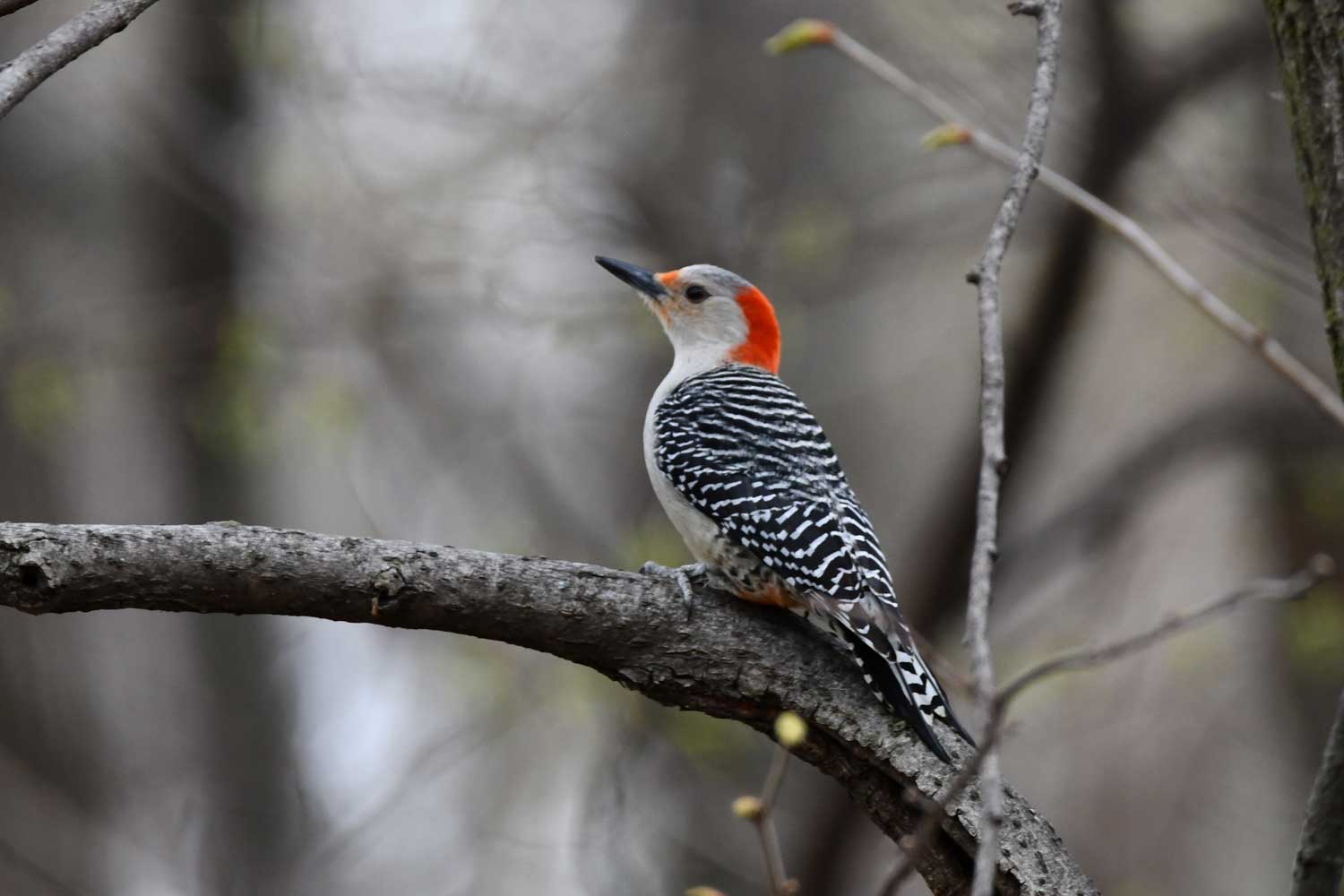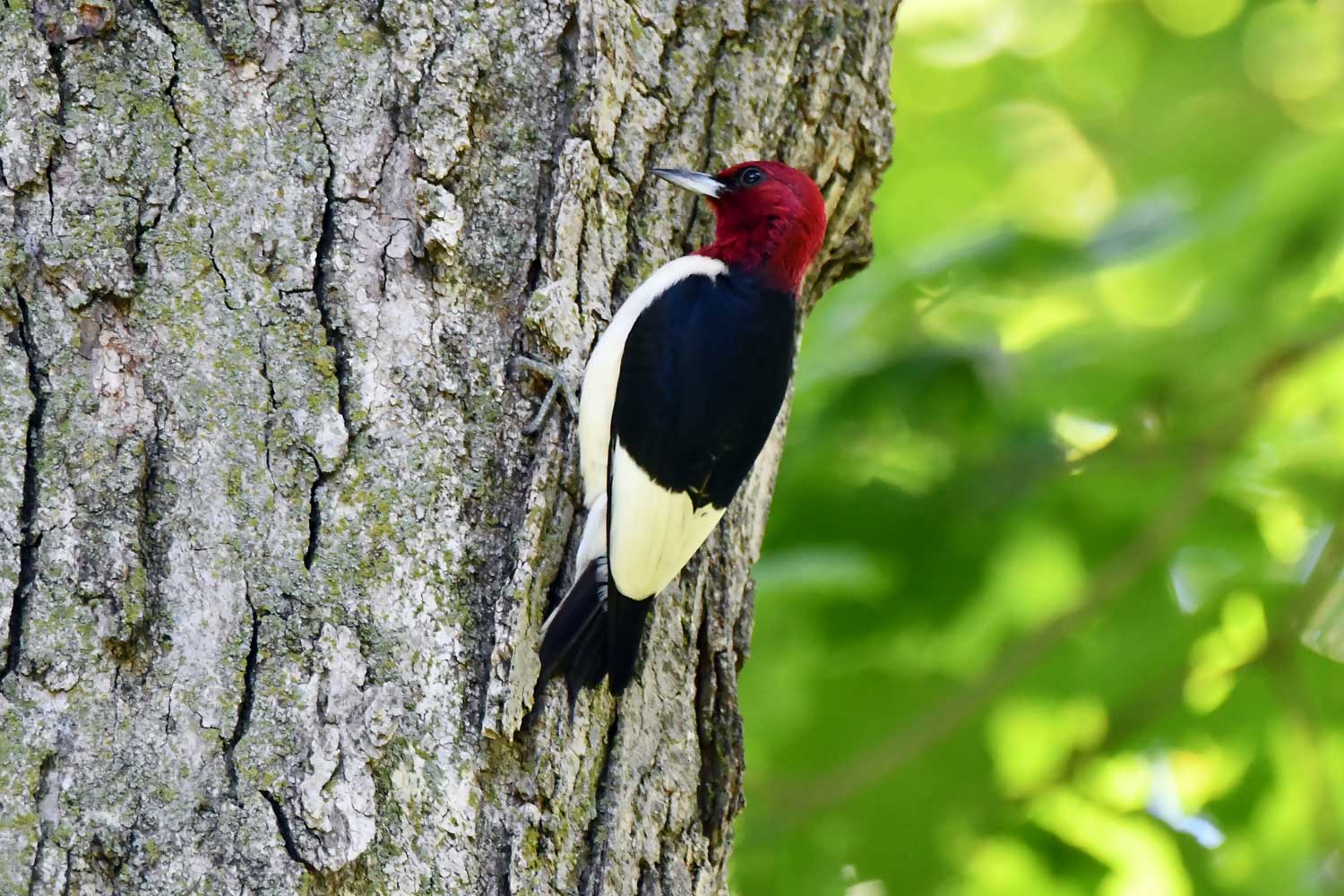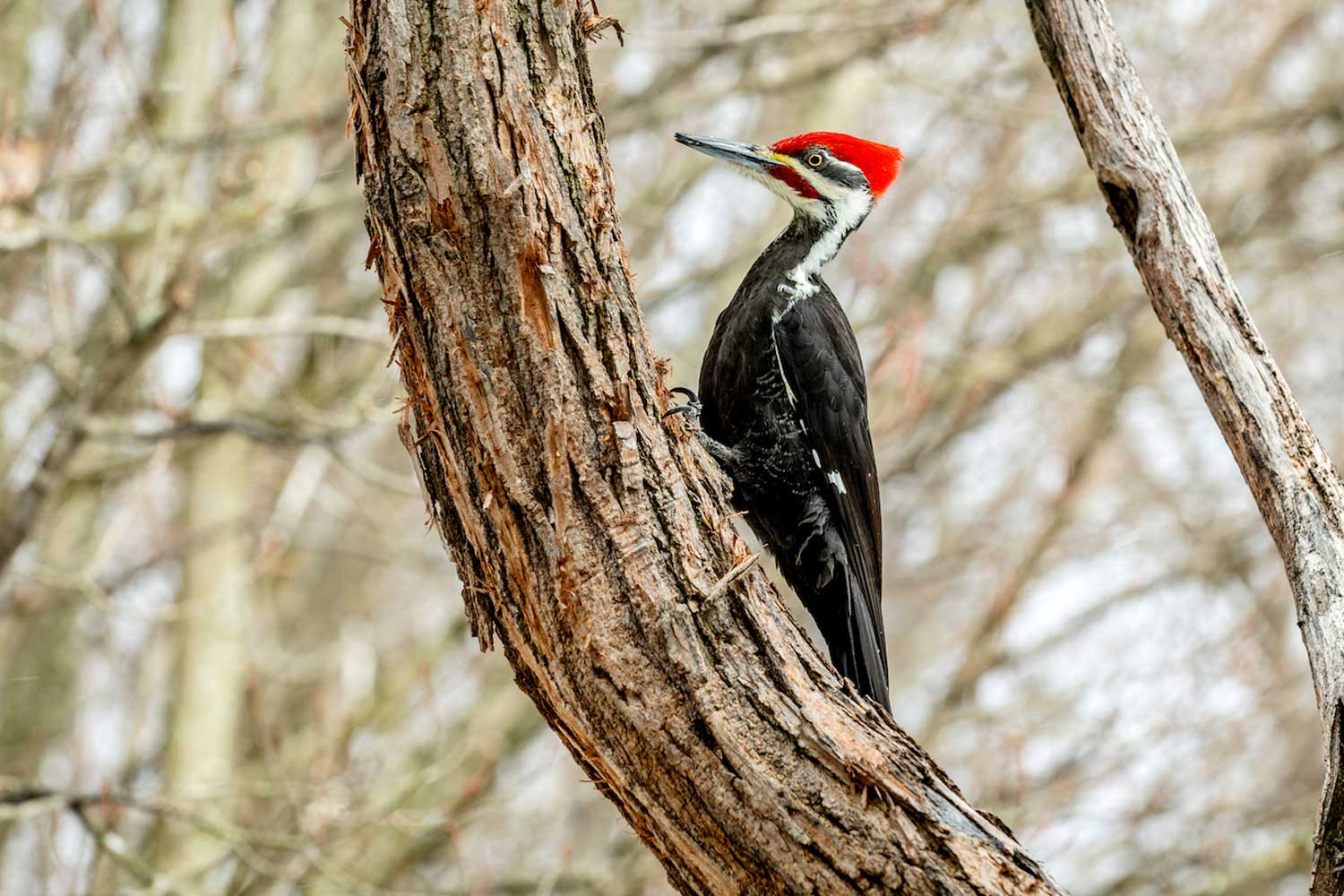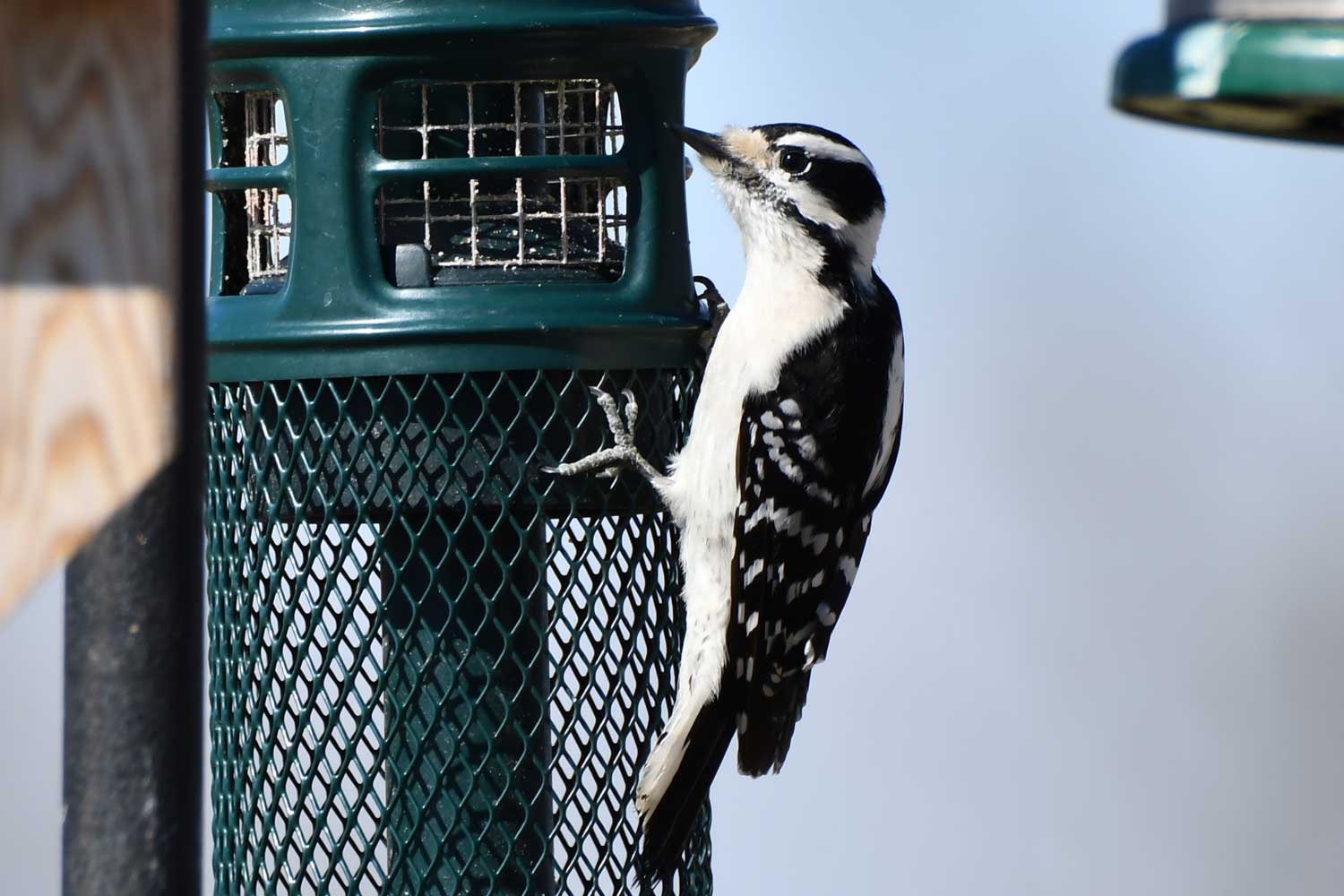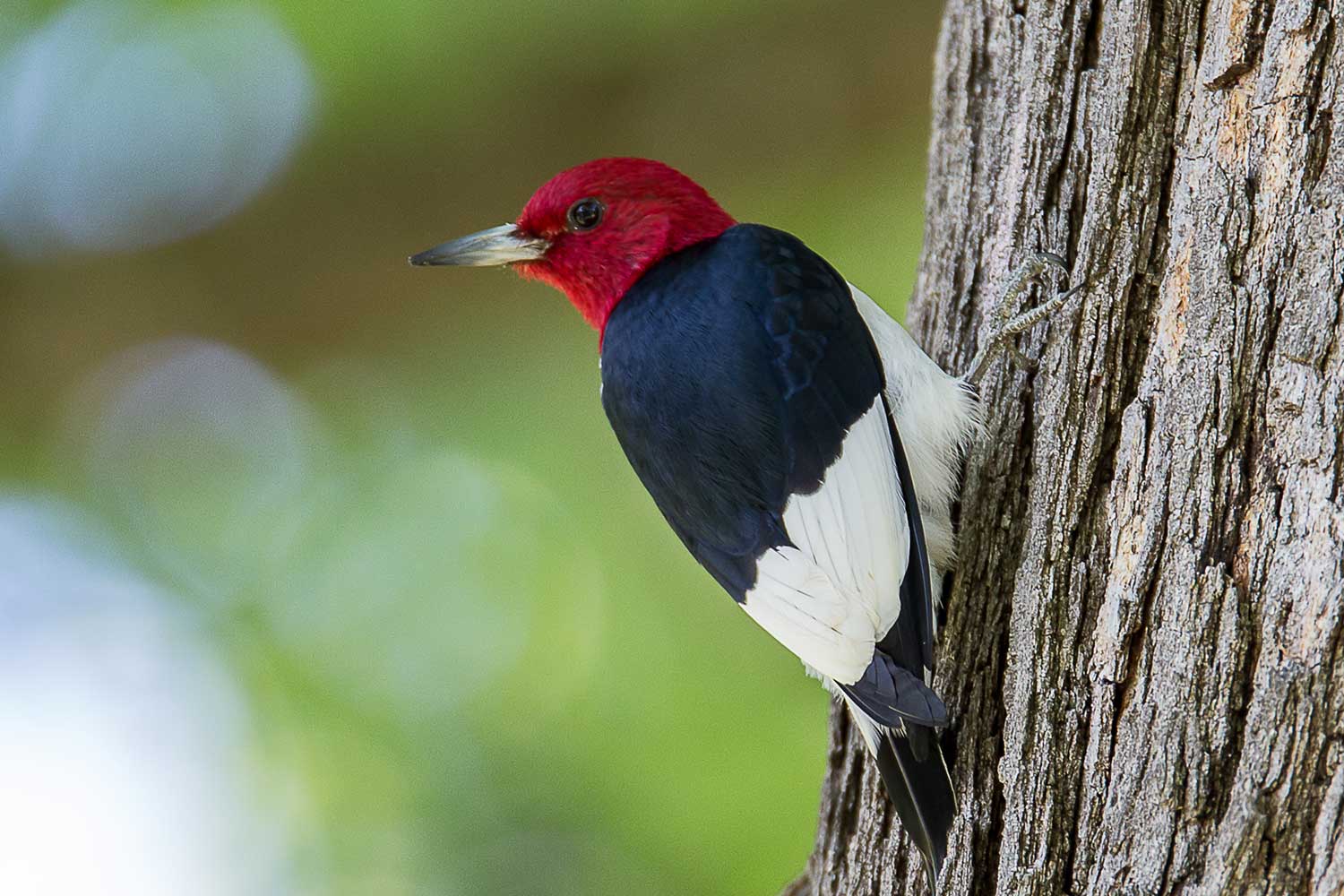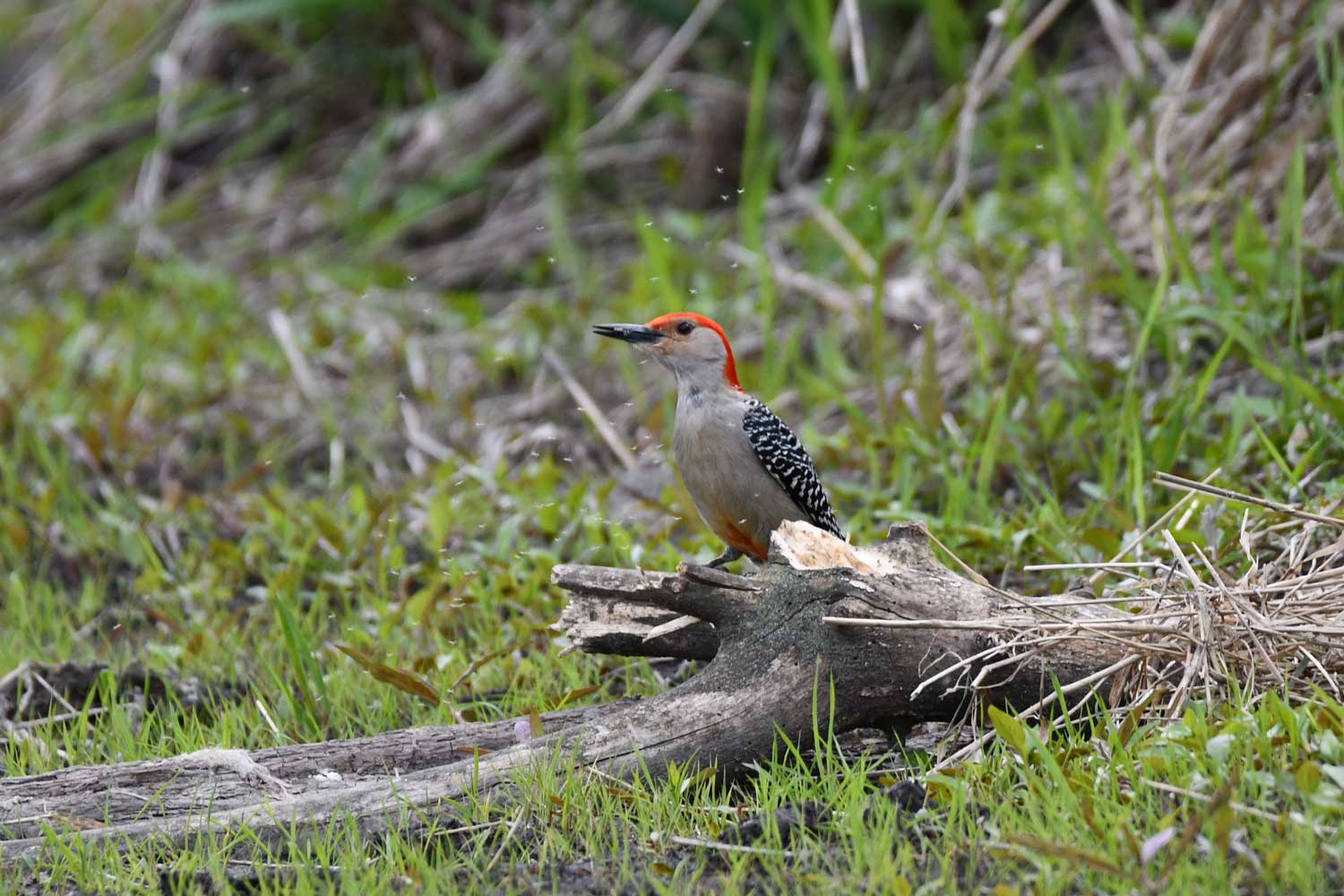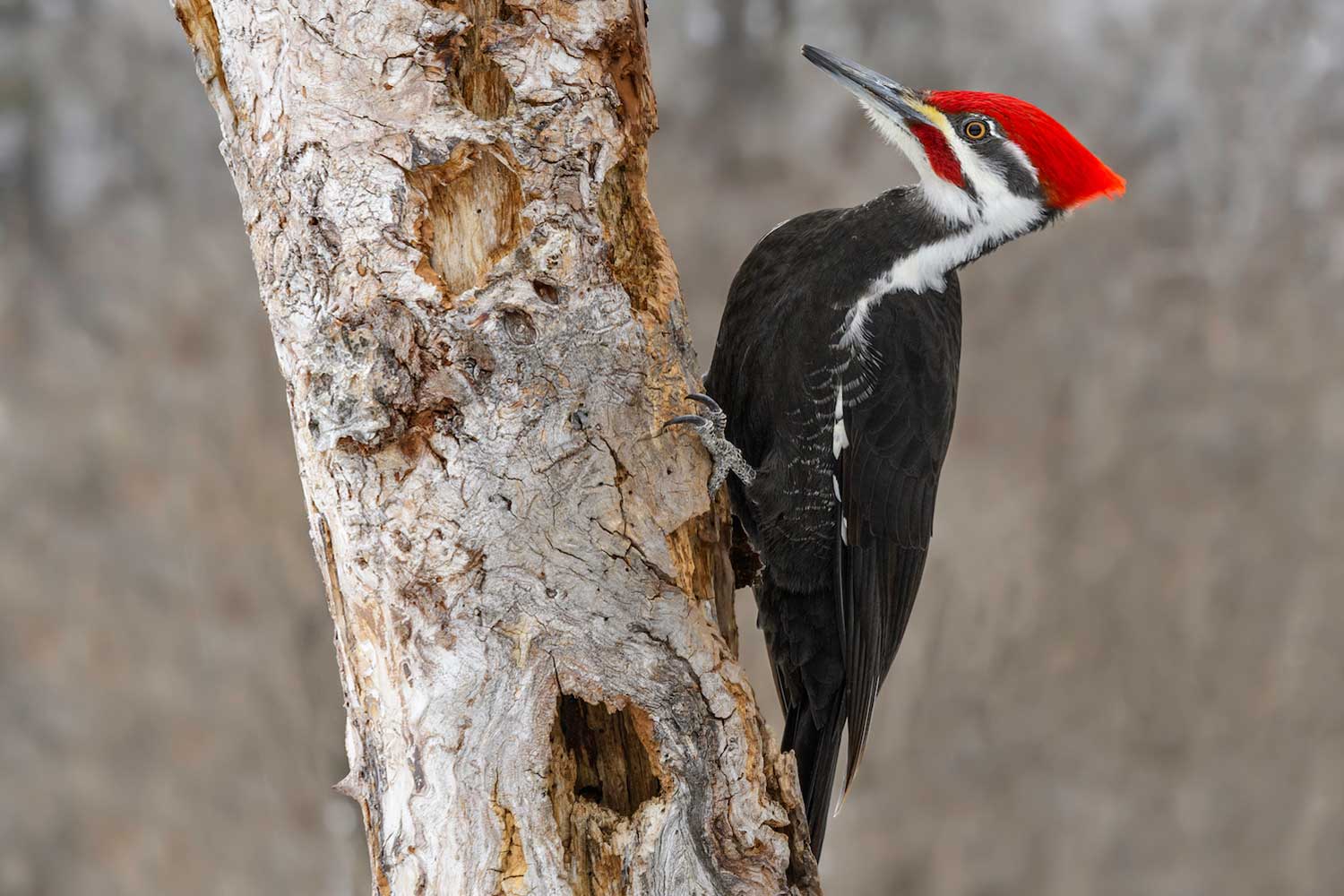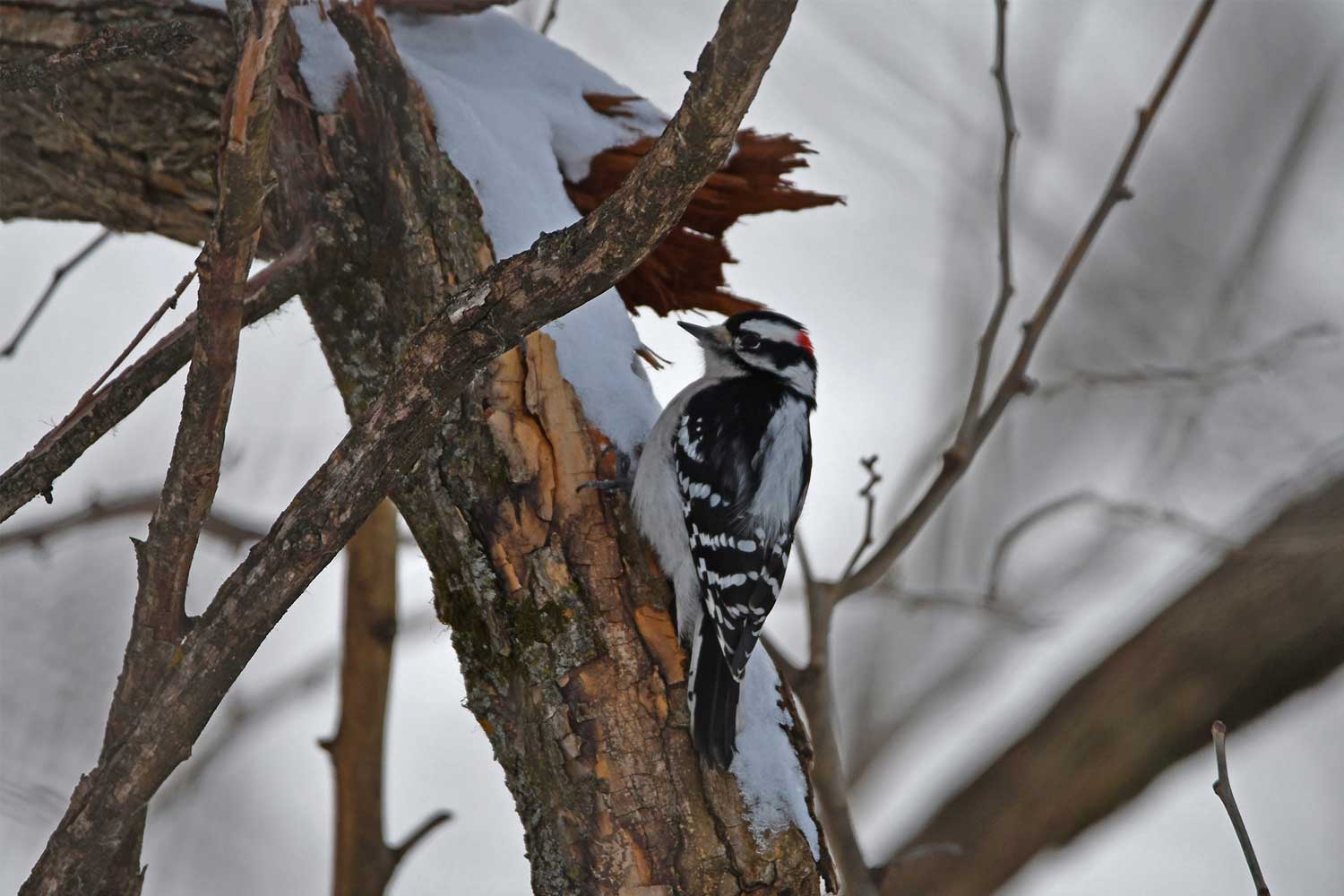Five things to know about those wacky and wonderful woodpeckers
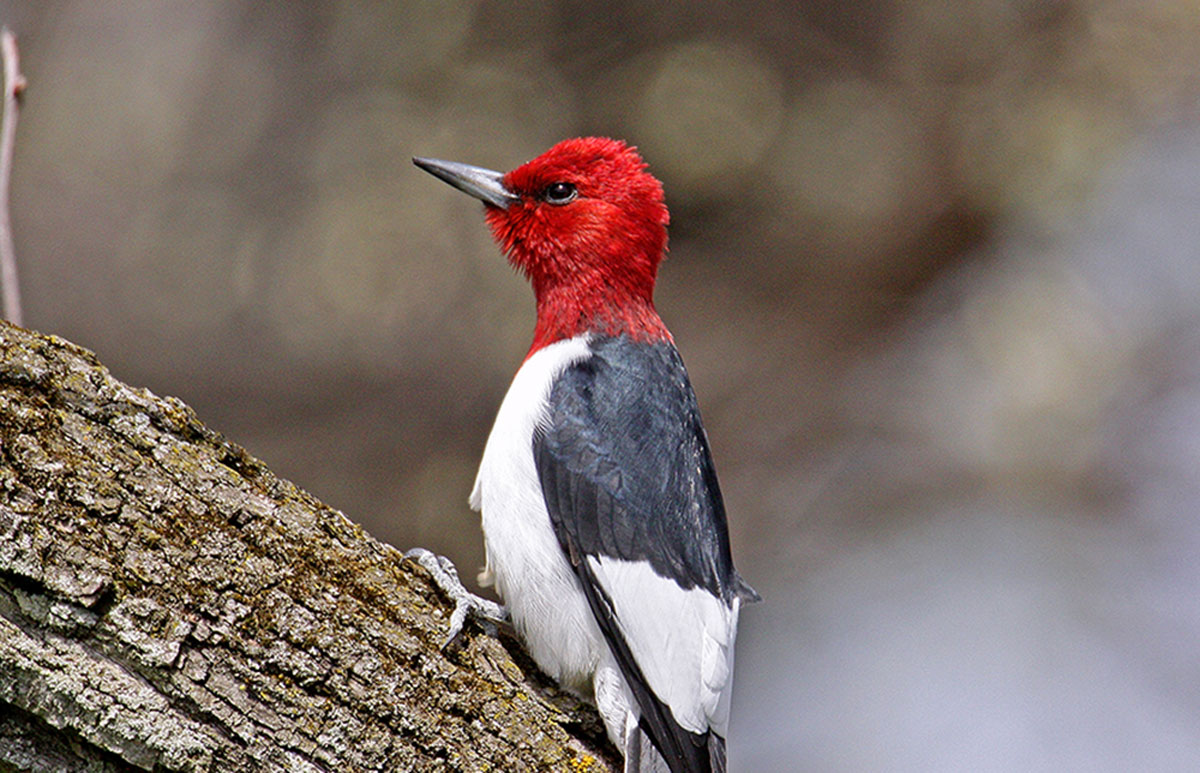
With chisel-like bills perfectly suited for their trademark behavior, woodpeckers are unique among birds for how they make their presence known.
All that banging and hammering may get your attention long before you ever see a woodpecker nearby. And they can hammer away faster than we can even count. They have been clocked at 20 pecks a second, which can translate into between 8,000 and 20,000 pecks a day, depending on how active they are, according to The Spruce.
That repetitive pecking is something to admire, unless they are doing it on your house or nearby. Woodpeckers typically hammer on wood, and if your house includes wooden structures, including siding or framing, they may consider this a part of their usual territory, according to the Cornell Lab of Ornithology. Sometimes they even hammer on non-wooden structures, such as aluminum siding and gutters.
More than 180 woodpecker species inhabit the world, although none live in Antarctica, Australia, New Zealand or Madagascar. North America is home to 17 woodpecker species, seven of which live in Illinois. Our resident woodpeckers are the downy woodpecker, hairy woodpecker, northern flicker, pileated woodpecker, red-bellied woodpecker, red-headed woodpecker and yellow-bellied sapsucker.
Here are some interesting facts about this group of birds.
All that pecking is important to their survival
Some would probably say the incessant pecking and tapping of a woodpecker nearby could drive a person crazy, but it's vital to the birds' survival for more reasons than you may think. One important purpose of all that pecking is searching for food, according to the U.S. Fish and Wildlife Service. Many insects, as well as insect eggs and larvae, can be found under a tree's bark or in the wood of a tree, and pecking into a tree helps the woodpecker uncover a meal. Woodpeckers also peck into trees to build nesting cavities, and some woodpecker species excavate holes for storing food caches.
Other important purposes for all that noise are attracting a mate and establishing a territory. The often rhythmic pecking and tapping male woodpeckers do to attract a mate is called drumming, and it is most often heard during the spring breeding season, the Fish and Wildlife Service reports. Woodpeckers will sometimes use metal surfaces in addition to wood for drumming. And the rhythmic — and possibly annoying — pecking can last for days or even months, because most woodpeckers are not migratory and live in the same area year-round.
They are built to withstand all that whacking
If you repeatedly slammed your head against a wall, you would expect, at the very least, to develop a killer headache, or maybe even a concussion, but woodpeckers can engage in this activity day after day seemingly no more worse for the wear.
Some of the latest research on woodpeckers indicates that the birds do experience some consequences of their concussive behavior, the Washington Post reports. In fact, researchers have discovered protein accumulations in woodpeckers' brain tissue that is similar to that seen in athletes who experience head trauma.
Still, though, woodpeckers are much better built to withstand the repeated head banging. First, they have very small brains, weighing just 0.07 ounces, according to National Geographic. Bigger brains have more mass, which increases the risk of brain damage, so their smaller brains are protected. Their brains also fit tightly inside their skulls, meaning they don't move around very much.
The design of their skulls is also beneficial. Their frontal bones work in conjunction with a pair of muscles at the base of their bills to act as a shock absorber. In addition, the outside of their skulls is made up of dense bone, while the inside is more porous. This way, when pecking, the force is distributed all around the skull, keeping pressure off the brain.
Their tongues are quite impressive
Many woodpeckers eat insects, and the ones that do have tongues well-suited for the job. Insect-eating woodpeckers have long tongues, covered with either sticky saliva or barbs that help them grab onto insects, according to the Cornell Lab of Ornithology.
The tongues of woodpeckers can extend as much as 2 inches past the tips of their bills. So how are they able to store them when not in use for finding and catching insects? When retracted into their mouths, their tongues are pulled into a sheath at the base of their skulls that wraps up toward the top of the skull.
Not all woodpeckers have equally long tongues. Woodpeckers like the pileated woodpecker dig deep into wood to find food, so they have long bills and shorter tongues, Cornell Lab reports. Northern flickers often forage on the ground for food, so their tongues end in a flattened tip.
Even their toes are different
Woodpeckers are different from many other birds literally from their heads down to their toes. These birds have what's called a zygodactyl toe, according to Cornell Lab. Their feet have four toes, two that face forward and two that face backward. This is different from the feet of other songbirds, which also have four toes, but three facing forward and one backward.
This specialized toe structure helps woodpeckers climb and grab onto trees and other structures. They can easily hop up and down tree trunks, propping themselves up on their strong, stiff tail feathers.
However, not all woodpeckers have this zygodactyl toe. One such exception to the rule is even named for its different foot. The American three-toed woodpecker, quite obviously, has just three toes, according to the Cornell Lab of Ornithology. Three-toed woodpeckers deliver even stronger blows than most woodpeckers, and it's thought to be a result of only having three toes. Because of their different foot anatomy, they can lean further back from a tree or other structure, allowing them more acceleration as they hammer or drum.
Woody Woodpecker is based on a real woodpecker
The most well-known fictional woodpecker is based on a real woodpecker, but not the one many people think it is. Cartoonist and animator Walter Lantz created his most famous character at the suggestion of his wife, Grace, after the two spent their honeymoon at a cabin in California where the peace and quiet was disturbed by an acorn woodpecker, the LA Times reports. Walter was annoyed by the bird's incessant noise, and Grace suggested he let it serve as inspiration for a new animated character. Soon, Woody Woodpecker was born.
The cartoon woodpecker bears a striking resemblance to the pileated woodpecker, but Woody is actually based on the acorn woodpecker. It's easy to see why many think the animated character was inspired by the pileated woodpecker. Woody actually looks more like a pileated woodpecker than an acorn woodpecker.
In the 1950s, animated shows featuring Woody Woodpecker were among the top-rated daytime television programs, according to the LA Times. Through the years, Woody was voiced by several actors, most famously Mel Blanc, the voice of Bugs Bunny and other Warner Bros. characters. After Blanc's tenure, the voice of Woody was done by none other than Grace Lantz herself. Her husband initially rebuffed the idea of Grace taking over voicing the character, but Grace snuck her own audition tape into a stack of others, and Walter picked her as the new voice without knowing it was his wife.
